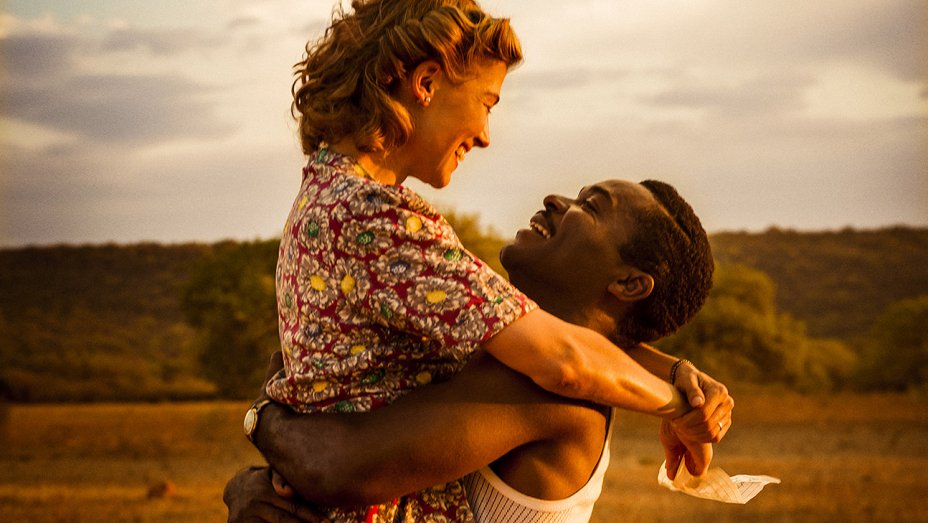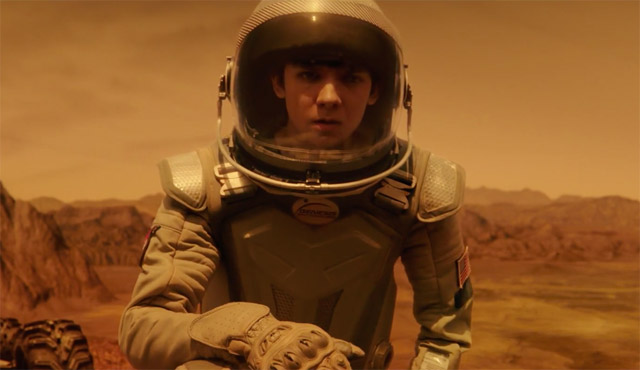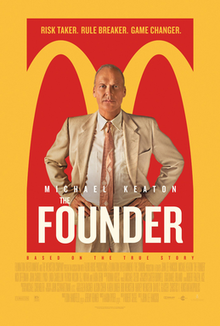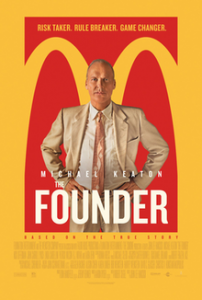A United Kingdom
Posted on February 9, 2017 at 5:12 pm
B +| Lowest Recommended Age: | Preschool |
| MPAA Rating: | Rated PG-13 for some language including racial epithets and a scene of sensuality |
| Profanity: | Some strong language including racist epithets |
| Alcohol/ Drugs: | Social drinking |
| Violence/ Scariness: | Peril, threats, violence including street fight |
| Diversity Issues: | A theme of the movie |
| Date Released to Theaters: | February 10, 2017 |

In Shakespeare’s “A Midsummer Night’s Dream,” Lysander says, “aught that I could ever read/Could ever hear by tale or history/The course of true love never did run smooth.” It may just seem that way because the most enduring loves are those where challenges bring the couples together instead of tearing them apart. To quote Shakespeare again, this is the love that “looks on tempests, and is never shaken.” “A United Kingdom” tells the true story of a love that triumphed over the most intense opposition from both families and at least three countries.
Seretse Khama (David Oyelowo of “Selma” and “Queen of Katwe”) is studying law in post-WWII London when he meets Ruth (Rosamund Pike of “Gone Girl”) and they are instantly drawn to each other. They share a love of jazz music and a passionate commitment to the public good. Before they realize what is happening, they are deeply in love. Seretse explains that he is not just another law student; he is heir to the throne of his country, and his uncle is acting as Regent until he returns. He asks Ruth to take time to think about marrying him but she does not need time to think.
Even though they have already experienced some unpleasant, even threatening responses to their relationship, they believe that their good intentions and mutual devotion can overcome any obstacles. They will see that post-war optimism about a new era of tolerance and mutual commitment to continuing the progress toward freedom tested more intensively than they could have imagined.
Ruth’s sister is sympathetic, but she correctly predicts that their father “will hate him on sight. He is cleverer than him and he is black.” And indeed, he says, “You may deserve a life of insults and shame, but what about us? I can’t see you again.”
And then they go to Botswana, where his uncle and the community see his marrying a foreigner and a commoner as a betrayal, calling into question his loyalty and his ability to understand them. Has his time in London caused him to abandon the ways of his people?
And might his uncle have other reasons for wanting to stay in power?
The British government, in the form of the wonderfully condescending Jack Davenport (“Pirates of the Caribbean”), is even more disturbed. They have important business and political interests in the region, particularly in the adjoining country of South Africa, which is in the middle of adopting the 20th century’s most viciously racist laws, known as Apartheid.
Director Amma Asante (“Belle”), the British-born child of Ghanaian parents, has a sure sense of the worlds she is depicting. The Botswanans and their land are portrayed as respectfully and “normally” as the Londoners, with no sense of quaint or lesser “otherness.” And while the culture is not entirely equal (apparently only men vote), the female characters, including Seretse’s sister, have dignity and agency. This is a true love story, not just between Seretse and Ruth, but between the filmmakers telling this story and the people and the country where it is set.
Parents should know that the theme of the movie concerns an interracial marriage that was objected to by both families and their governments. There are some scenes of peril including racist street thugs, some strong language including racial epithets, and a sexual situation.
Family discussion: How did Ruth prove her sincerity to the Botswanans? Why did the British government intervene?
If you like this, try; “Loving” and the BBC program about Seretse and Ruth Khama.









